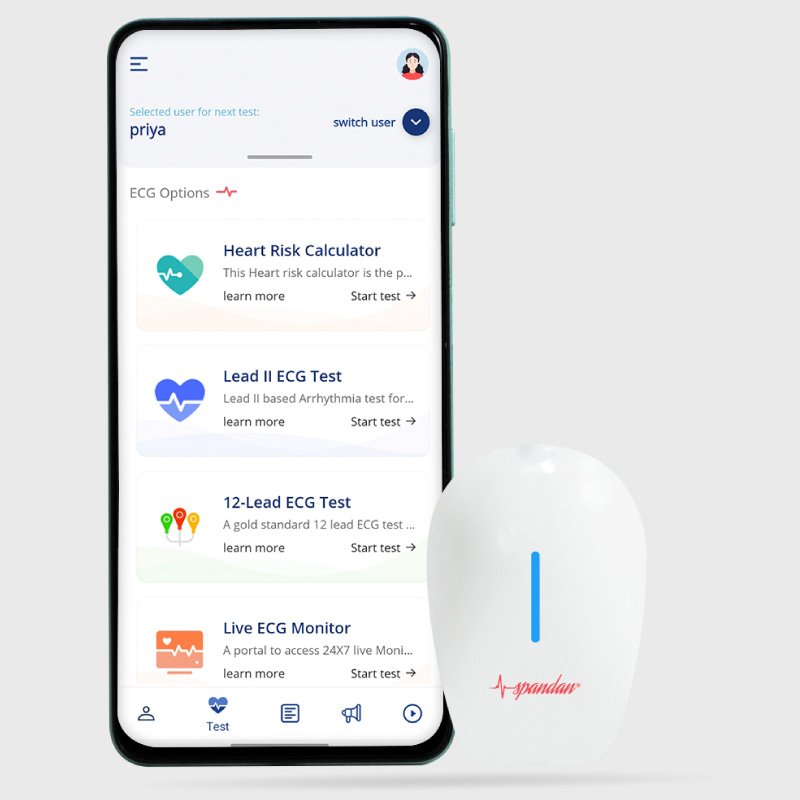
Author:- Mr. Ritesh Sharma
You must have wondered about which part of brain control heart once in your life. It is a question that tends to intrigue you. It is no brainer that brain controls all our body functions. From the movement of our heads to the little finger in the legs, everything is orchestrated by the brain. But the question arises, which part of brain control heart. Furthermore, how the brain sways its hold over the most vital organ of the body. So, how the human brain aka the enigmatic command center of the body controls the heart.
Moreover, which part of it is used by the brain to control heart functions? The relationship between the heart and the brain is an intricate one. However, that also makes this relationship worth exploring. This is what we will do in this blog. Here, we will delve into the link between the brain and the heart. So, uncover all the complex details regarding the relation between the brain and the heart.
Understanding the Autonomic Nervous System
The physiological interplay of the heart and the brain is controlled by the autonomic nervous system. This nervous system is divided into two branches- the sympathetic and parasympathetic nervous system. The autonomic nervous system controls the processes that are beyond conscious control. These functions include heart rate, digestion, and respiratory rhythm. Therefore, sometimes heart palpitations, and lower heart rate, i.e. bradycardia occurs when you are anxious or stressed. However, this still doesn’t answer the question of which part of brain control heart.
Which Part of Brain Control Heart: The Role of the Medulla Oblongata
Medulla Oblongata lies within the brainstem. This is the part where the spinal cord meets the brain. This part is often referred to as the primitive brain. This is because it is the gateway for vital autonomic functions. In this part, there are clusters of neurons known as the cardiovascular control center. This part contains the balance of signals. These signals dictate the ebb and flow of cardiovascular activity.
How sympathetic nervous system spur the heart into action?
In moments of stress, exertion, or excitement, the sympathetic nervous system spurs into the action. The sympathetic fibers extend their reach to the heart, originating from the thoracic and lumbar regions of the spinal cord. Within the heart, these fibers release the neurotransmitters like norepinephrine. This sudden increase in the number of chemical messengers compels the human heart to beat faster putting it in the state of a temporary arrhythmia of different arrhythmia classifications such as monomorphic ventricular tachycardia, monomorphic atrial tachycardia, wide complex tachycardia, narrow complex tachycardia, etc. The heart in this state beats with a greater force, priming the body for action.
Parasympathetic Restraint in the Heart
On the contrary to the function of the sympathetic nervous system, the parasympathetic nervous system has a more restrained influence on the heart. It calms the heart in times of rest and relaxation. The parasympathetic fibers originate from the cranial nerves and the sacral region of the spinal cord. The major connection of these fibers with the heart is that they relay messages to the heart via the vagus nerve. This occurs through the release of acetylcholine. These signals slow the heart rate and induce a sense of calmness in humans.
The Role of Prefrontal Cortex
As we mentioned earlier, the Medulla Oblongata is the primary conductor of cardiovascular function. However, the higher regions of the brain exert their influence as well. Among these regions, the prefrontal cortex (which is the seat of higher cognitive functions and emotional regulation) plays a crucial role in managing the activity of the heart. According to different studies, emotions like stress, anxiety, and love can highly influence heart rate variability (the fluctuations in the heart rate between two consecutive heartbeats). This occurs due to complex dynamics between the cortical regions and subcortical structures.
The Intricacies of Heart-Brain Communication
We have already studied the anatomical connection between the heart and the brain. Let’s now delve into the intricate pathways of communication between the heart and the brain. The scientists refer to this as the “heart-brain axis.” The bidirectional connection between the heart and the brain does not only contain physical signals but also emotional and intuitive cues. The domain of neurocardiology is filled to the brim with research that unravels the complex connection between the brain and the heart.
All these experiments shed light on how our emotional experiences have the potential to alter our cardiovascular health care and vice-versa. For instance, chronic stress can have an adverse effect on heart health, causing conditions such as cardiac arrhythmias and heart dysfunctions which are illustrated by P-wave abnormalities, QRS complex abnormalities, and T-wave abnormalities in the abnormal ECG.
Clinical Implications and Future Frontiers
There are ample clinical implications that the intricate connection between the heart and the brain contains. Disorders such as hypertension, arrhythmias, and heart failure often stem from dysregulation within the autonomic nervous system. Healthcare professionals can study the intricate connection between the heart and the brain to ensure that they adopt the correct treatment approaches for the patient.
In conclusion, the question of which part of brain control heart has a very nuanced answer. There are many parts of the brain that contribute to heart function. All these parts play a pivotal role in regulating particular heart functions and have clinical implications as well. It is necessary for healthcare professionals to dive into the link between the brain and heart to uncover more insights into the realm of cardiac care.



